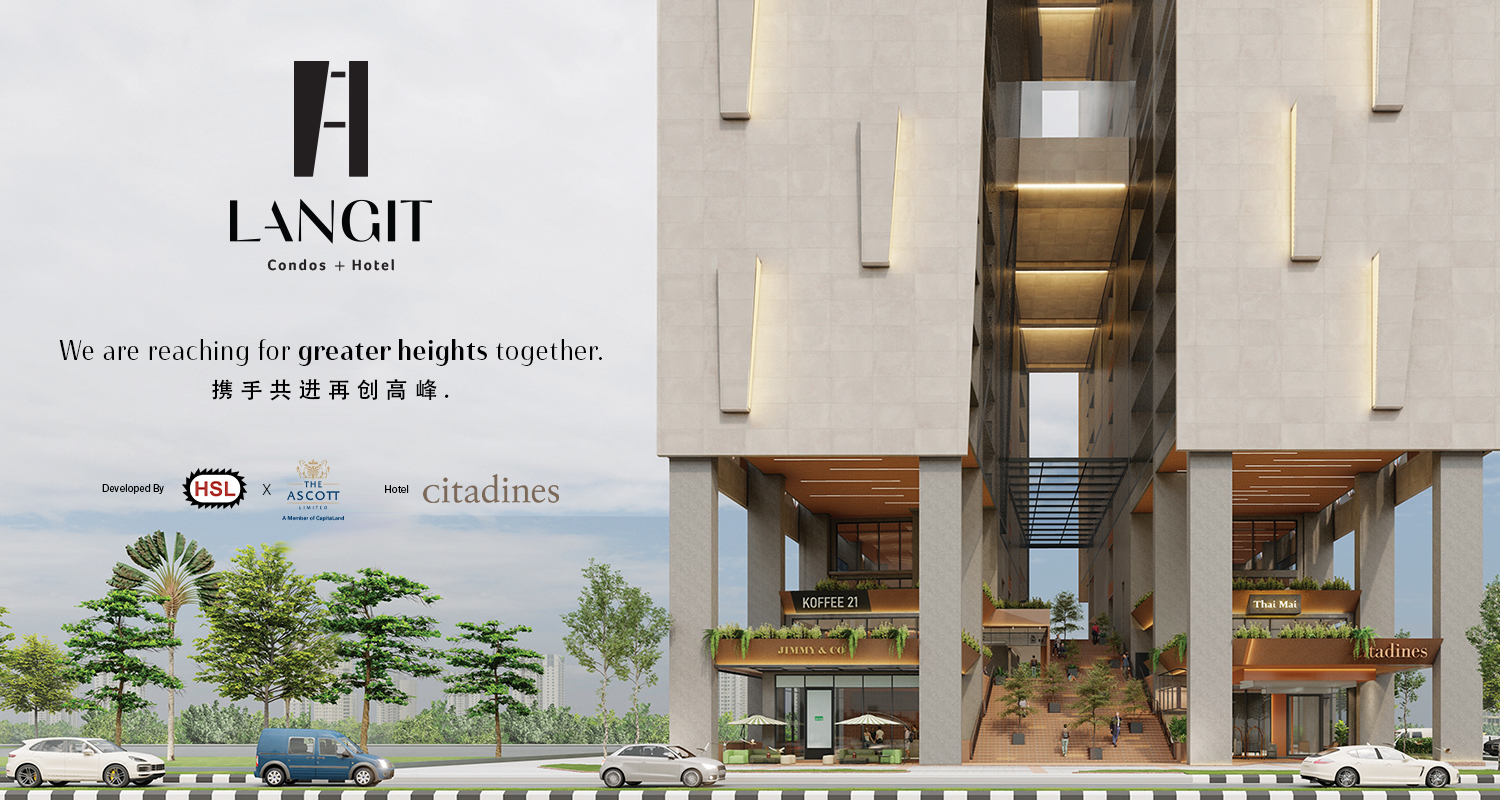
By Ashley Sim
KUCHING, May 24: Chitose Carbon Capture Central (C4), the world’s largest mass microalgae biomass production facility in Sejingkat, Kuching, will act as “liquid trees” to capture carbon dioxide (CO2) while also acting as a natural purifier by releasing oxygen via photosynthesis.
Sarawak Premier-cum-Minister for Energy and Environmental Sustainability Datuk Patinggi Tan Sri Abang Johari Tun Openg stated this when delivering his ministerial winding-up speech in the Sarawak Legislative Assembly (DUN) sitting here today.
“The C4 will tap into the exhaust gas containing CO2 from the Sejingkat Coal Power Plant to grow algae in a carbon circular economy.
“This is the first of its kind in Malaysia to demonstrate the industrial-scale utilisation of flue gas to enhance algae production.
“This 5-hectare scale facility will act as “liquid trees” to capture CO2 while functioning as a natural purifier by releasing oxygen through photosynthesis,” he said.
Abang Johari reiterated that there are currently two facilities cultivating algae using different technologies—the first on a solar platform, a collaboration between Sarawak Energy Berhad, Sarawak Biodiversity Centre, Eneos Corporation, and Chitose Group from Japan at Sejingkat, and the second using tanks and sea water, a collaboration between SEDC Energy and Petroliam Nasional Berhad (Petronas) in Demak Laut.
“Sarawak has taken a progressive step to explore microalgae as a potential source of renewable energy.
“Sarawak Biodiversity Centre in collaboration with Sarawak Energy Berhad as well as Chitose Laboratory and ENEOS Corp from Japan has established the world’s largest mass microalgae biomass production facility, Chitose Carbon Capture Central (C4), spanning about five hectares in Sejingkat, Kuching,” he added.
Abang Johari asserted his belief that microalgae, or ‘lumut’, is an industrial crop that can help expand and grow the economy, as well as serve as a model for achieving goals while protecting the environment.
“This facility will also serve as part of net zero emissions efforts with an expected 700 tonnes of CO2 to be absorbed by the algae biomass.
“The facility will produce around 350 tonnes of algae biomass annually, which will be transformed into high-quality products such as food and feed, cosmetics, and pharmaceutical ingredients.
“Microalgae also offers potential for innovative and sustainable product development in the food industry. We will continue to pursue research on microalgae on their nutritional and medical benefits,” he explained.
Furthermore, Abang Johari noted that many algae species have been found to have tremendous health benefits, such as spirulina which is also known as a superfood.
“Spirulina is packed with essential nutrients, including vitamins, minerals, and antioxidants, which make it a popular supplement for health-conscious individuals.
“But beyond spirulina, we are also looking into other algae species for their potential medical applications.
“For instance, some algae have been found to have antibacterial and antiviral properties, which can help in the fight against infectious diseases,” he added.
Moreover, the Premier added, algae may be used to reduce inflammation, detoxify the body, boost the immune system, and even aid in weight loss.
He also noted that the commercialisation of algae has only just begun.
“We anticipate significant growth in this industry with the plans of the Chitose group to expand the farm to 100 hectares in the next three years and to achieve 2,000 hectares by 2030 in Sarawak.
“We expect to create up to 5,000 new job opportunities and decarbonisation about 200,000 tonnes of carbon annually,” he said. — DayakDaily








